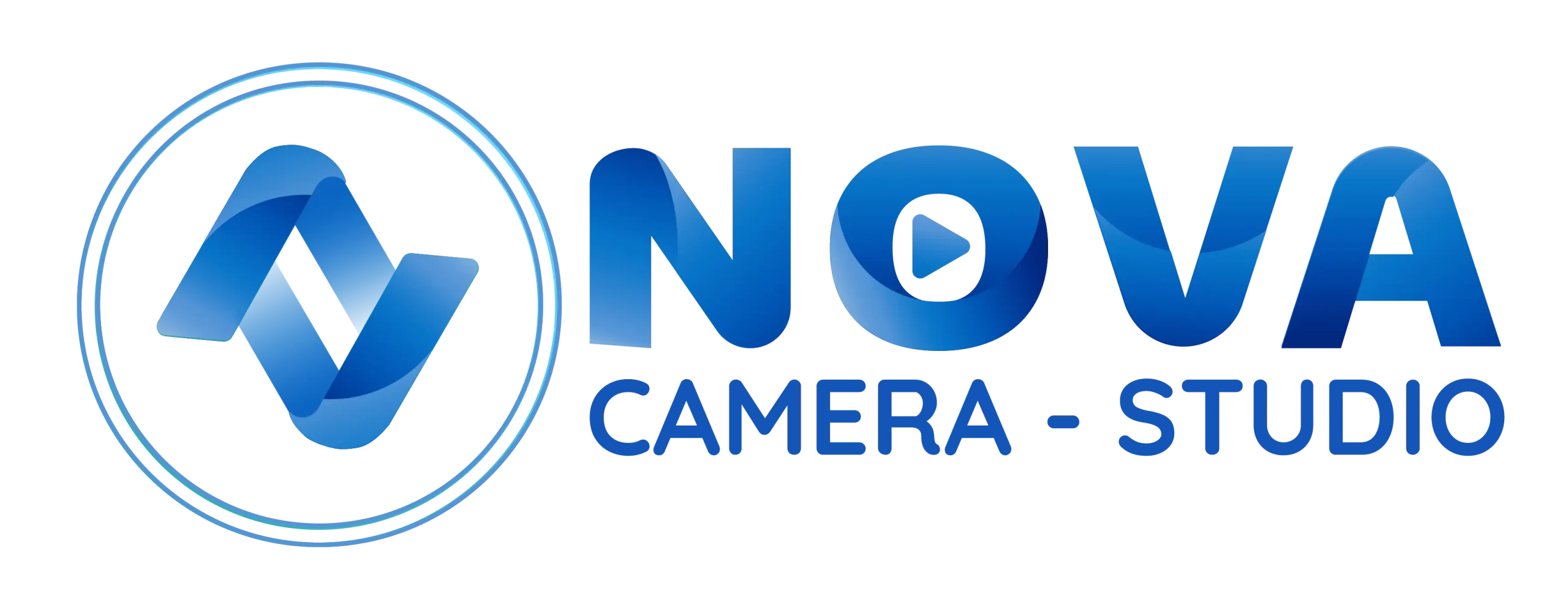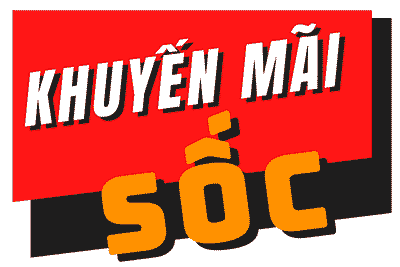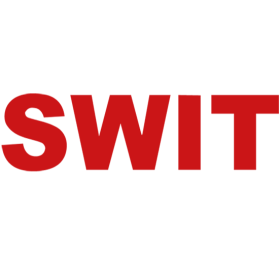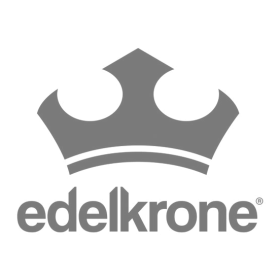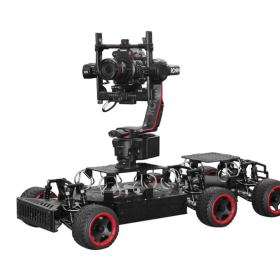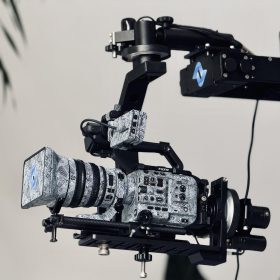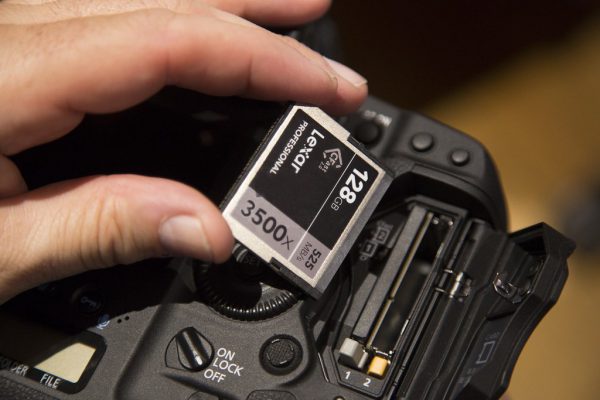It is an estimate and can vary due to various reasons, such as technological advancements, physical wear and tear, and changes in regulations. The total depreciable cost is divided by the useful life to calculate the annual depreciation expense. Calculating straight line depreciation involves dividing the cost of the asset, minus its salvage value, by the number of years the asset is expected to be in use. This calculation results in a fixed depreciation expense that remains constant throughout the asset’s useful life, making it a preferred choice for businesses due to its simplicity. To illustrate straight-line depreciation, assume that a service business purchases equipment on the first day of an accounting year at a cost of $430,000. At the end of the 10 years, the company expects to receive the salvage value of $30,000.
Straight Line Deprecation and Tax Implications
The company takes 50,000 as the depreciation expense every year for the next 5 years. Most often, the straight-line method is preferred when it is not possible to gauge a specific pattern in which the asset depreciates. It is used when the companies find it difficult to detect a pattern in which the asset is being used over time. Of the three methods discussed, we shall closely go through the Straight-line depreciation method in the following sections. Start using Wafeq today to track assets, calculate straight-line depreciation, and generate compliant financial reports effortlessly.
Understanding Straight Line Basis
In this section, a few asset types that are suitable for straight line depreciation are discussed. Regardless of the depreciation method used, the total depreciation expense (and accumulated depreciation) recognized over the life of any asset will be equal. However, the rate at which the depreciation is recognized over the life of accounting straight line method the asset is dictated by the depreciation method applied. Because organizations use the straight-line method almost universally, we’ve included a full example of how to account for straight-line depreciation expense for a fixed asset later in this article. Below are three other methods of calculating depreciation expense that are acceptable for organizations to use under US GAAP.
Straight-line depreciation rate
The double declining balance method calculates the annual depreciation rate by doubling the straight-line rate. For example, for an asset with a 10-year life, the straight-line rate would be 10% (100% / 10 years). Straight line depreciation is a common and straightforward method used in accounting to allocate the cost of a capital asset over its useful life. This method ensures that an equal amount of depreciation expense is recorded each year, making it simple to calculate and track.
- This method first requires the business to estimate the total units of production the asset will provide over its useful life.
- The depreciation journal entry can be a simple entry that facilitates all types of fixed assets, or it can be broken down into separate entries for each type of tangible asset.
- The Straight-Line Method is a simple and effective way to account for asset depreciation.
- If you sell for more than the book value, you have a gain (which may be subject to depreciation recapture).
The Financial Modeling Certification
That’s where the straight-line depreciation method comes in, a reliable, easy-to-understand way to recognize that steady decline. Whether you need to prepare financial statements or make investment decisions, understanding this method can bring clarity and control to your business. By employing this method, businesses can distribute an equal amount of depreciation expense for each year of the asset’s useful life.
Straight-line Depreciation Method: Definition, Formula, Example, More
- One convention that companies embrace is referred to as depreciation and amortization.
- However, it is important to consult with a tax professional or consult your local tax laws to ensure the proper application of depreciation for tax purposes in your jurisdiction.
- The straight-line method, in particular, offers clarity, consistency, and ease of application, making it a go-to choice for many businesses handling long-term assets with predictable value decline.
- Moreover, the straight line basis does not factor in the accelerated loss of an asset’s value in the short-term, nor the likelihood that it will cost more to maintain as it gets older.
- A company buys a piece of equipment worth $ 10,000 with an expected usage of 5 years.
However, the company realizes that the equipment will be useful only for 4 years instead of 5. With the help of this method, organizations can easily assess the consumption of the asset over the years. Straight line basis is also applied in operating leases, where it is used to calculate the amount of rental payments due under a lease agreement. For example, the office building is naturally used by entities consistently and equally every month and year. Cost of the asset is $2,000 whereas its residual value is expected to be $500. Download CFI’s free Excel template now to advance your finance knowledge and perform better financial analysis.
Salvage value is estimated based on market trends, expected condition of the asset at the end of its useful life, and historical resale data for similar assets. The salvage value is the estimated amount the asset can be sold for at the end of its useful life, and the useful life represents the number of years that the asset is expected to be productive. This entry will be the same for five years, and at the end of the fifth-year asset net book value will remain only USD 5,000. This asset will not be depreciated, but the company still uses it as normal or make the disposal. After 5 years, the total accumulated depreciation reaches $9,500, reducing the book value to $500 (the residual value). It prevents bias in situations when the pattern of economic benefits from an asset is hard to estimate.
Calculation Examples of Straight Line Depreciation (with and without salvage value)
Now, let’s also consider the following T-accounts for the accumulated depreciation. To illustrate this, we assume a company to have purchased equipment on January 1, 2014, for $15,000. So, the manufacturing company will depreciate the machinery with the amount of $10,000 annually for 5 years. The following image is a graphical representation of the straight-line depreciation method. In this method, the companies expense twice the amount of the book value of the asset each year.
Consider Accelerated Methods When:
If the results of calculating the basis were graphed, it would appear as a straight line, hence the name. The straight-line basis is the simplest way to determine the loss of value of an asset over time. Use our professional depreciation calculator to apply these methods to your specific assets and see the financial impact. Therefore, we may safely say that the straight-line depreciation method helps in the process of accounting in more ways than one. Revisiting the formula of the Straight-line depreciation method, we shall also look into the steps of calculation. Equal expenses are allocated to every unit and therefore, the calculation is done based on the output capability of the asset instead of the time in years.
This means that the value of the machine will decrease by $16,000 each year for the next 5 years until it reaches its estimated salvage value of $20,000. Suppose a company acquires a machine for their production line at a cost of $100,000. The estimated salvage value at the end of its useful life is projected to be $20,000, and the machine is expected to be operational for 5 years. Third, after measuring the capitalization costs of assets next, we need to identify the useful life of assets.
